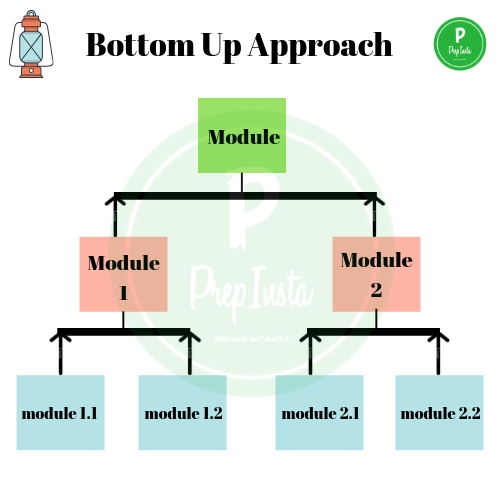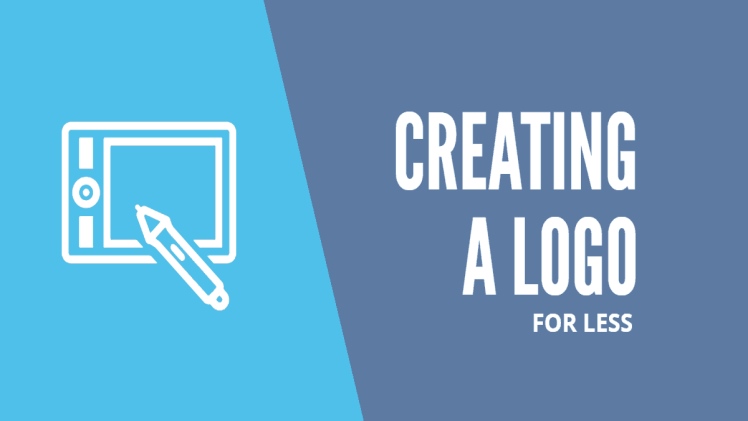Table Of Content

The decisions are first weighed on variables like frequency and severity, and then made based on the higher or lower levels of such variables. On the other hand, the bottom-up approach is where the product team is more involved in determining features and aligning them with strategy. Typically, the whole flow starts with the product team gathering data and customer feedback, as well as doing a lot of market research. Based on the discovery and research work they do, they’ll determine the set of features that customers need and align them strategically with the company’s strategy, vision, and mission. The top-down approach is a strategy of product management where the whole workflow starts from management and goes down toward the roadmap and feature levels.
What is Top-Down Model?
Web 3.0 Explained, Plus the History of Web 1.0 and 2.0 - Investopedia
Web 3.0 Explained, Plus the History of Web 1.0 and 2.0.
Posted: Mon, 15 Nov 2021 15:03:19 GMT [source]
In essence, this code snippet is a microcosm of Bottom–Up design in software development. By solidifying the foundation with basic_operation, we enabled a cascade of increasingly complex behaviors, illustrating how smaller, simpler components can combine to form elaborate systems. One of the main challenges is the potential for team disengagement, as the entire team may feel that their feedback and opinions are not being considered in the decision-making process.
The Purposes of Top-Down and Bottom-Up Management Styles
Though not part of your day-to-day processes, these additional brainstorms can help stimulate creativity, build relationships, and lead to creative solutions that can later be implemented to benefit the greater group. The key to implementing a management approach that works is to invest in your people as much as you do in your processes. The challenges of the top-down management approach can be alleviated or even eliminated entirely if the people at the top of the process aren’t just good managers, but are leaders too.

Top-Down Vs. Bottom-Up: Which Approach is Better for Your Business?
In comparison, the bottom-up style of communication features a decision-making process that gives the entire staff a voice in company goals. Bottom-up design in software development is an approach where smaller components or modules of a system are designed and built first before integrating them into a complete system. This method emphasizes starting with the details and gradually building up to the larger system. In many ways, it makes sense for project decisions to be made at the project level. However, projects are still impacted by higher-level factors like company goals, budgeting, forecasting, and metrics that aren’t always available at the team level. Processes designed from the bottom-up can suffer from blind spots that result from a lack of access to insights from upper management.
What are the advantages of using Bottom-Up Design in Software Development?
In healthcare organizations, a top-down approach can be utilized to improve patient outcomes and organizational efficiency. This approach ensures that all medical professionals adhere to a consistent set of guidelines, resulting in improved patient outcomes and streamlined processes across the organization. Bottom-up programming, on the other hand, differs from the top-down technique in that it concentrates on the design of an algorithm by starting at the most fundamental level and growing up as it progresses. In this method, each module is developed on its own from the source, and only thereafter is it possible to construct the whole algorithmic design by integrating the modules into one another.
This is helpful in the event that significant errors occur closer to the base of the program structure. Therefore, while using this methodology, each and every module is constructed and tested on an individual level (referred to as unit testing) before being integrated together to create a functional solution. In order to carry out the unit testing, particular low-level functions are often leveraged. With all communication flowing from leaders to team members with little room for dialogue, the top-down approach allows fewer opportunities for creative collaboration.
With LogRocket, you can understand the scope of the issues affecting your product and prioritize the changes that need to be made. LogRocket simplifies workflows by allowing Engineering, Product, UX, and Design teams to work from the same data as you, eliminating any confusion about what needs to be done. The top-down approach begins with the high-level vision and mission of the company. It then works downward to establish a product vision that helps achieve the company’s mission.
What Is a Limitation of a Top-Down Approach?

Biologists, pharmacologists, and people involved in the homebuilding industry all use small, pointed pieces of a project or company to generate a targeted goal. Banking companies in particular, like Ernst & Young, use the bottom-up approach to analyze aspects of their company in comparison to the microeconomic variables of the economy. These companies in wide-ranging industries benefit from having a well-rounded perception before jumping to quick decisions that may not have a positive affect.
Understanding top-down and bottom-up approaches
After that, the top-down approach defines the specific features that will achieve the product vision. With Kumospace, organizations can tailor their management approach to suit their specific needs, ensuring a more engaged, motivated, and productive workforce. You can determine the most effective management approach for your organization and foster a more engaged, motivated, and productive workforce. By taking these factors into account, you can determine whether a top-down or bottom-up approach is most suitable for your organization and tailor your management style accordingly. Furthermore, the top-down approach might limit creativity and innovation, as decisions are primarily made by a select few individuals at the top of the organizational hierarchy.
While the bottom-up approach has several advantages, including increased innovation and team engagement, it can also present some challenges. One potential drawback is the slower decision-making process, as input is gathered from multiple sources and consensus must be reached among team members. Additionally, there may be a lack of high-level insight in the decision-making process, as the focus is primarily on the input and perspectives of lower-level employees. A top-down approach starts with the broader economy, analyzes the macroeconomic factors, and targets specific industries that perform well against the economic backdrop. A bottom-up approach, on the other hand, looks at the fundamental and qualitative metrics of multiple companies and picks the company with the best prospects for the future—the more microeconomic factors.
The bottom-up approach is often used in situations where there is a need for innovation, creativity, diversity, and empowerment. The Smartsheet platform makes it easy to plan, capture, manage, and report on work from anywhere, helping your team be more effective and get more done. Report on key metrics and get real-time visibility into work as it happens with roll-up reports, dashboards, and automated workflows built to keep your team connected and informed.
Both the top-down and bottom-up styles of management offer significant advantages for the companies that leverage each approach. Both styles distinguish between high level and low level work, but how each management styles achieves this process varies widely. As with any business, the goals of each are to appropriately and efficiently think, teach, gain insight, and develop an overall leadership system that works well for the company and generates revenue. The bottom-up style of management solves many of the problems that come with the top-down approach. This approach has advantages that make it a great fit for creative teams and industries where collaboration is key, like software development, product design, and more.
The algorithms are designed using two approaches that are the top-down and bottom-up approach. On the other hand, bottom-up approach begins with elementary modules and then combine them further. The prior purpose of an algorithm is to operate the data comprised in the data structure.
Bottom-up design can be highly effective for producing ‘quick-and-dirty’ solutions and rapid prototypes, most often by a single programmer using an interactive, interpreted language such as VISUAL BASIC, LISP, or FORTH. Top-down design, on the other hand, is almost mandatory for large collaborative projects. For instance, a communications program might be constructed by initially implementing a function to get a single byte from the communications port and then moving up from there.
Initially, it includes the designing of the most fundamental parts which are then combined to make the higher level module. This integration of submodules and modules into the higher level module is repeatedly performed until the required complete algorithm is obtained. A complicated algorithm is split into small parts called modules, and the process of splitting is known as modularization. Modularization significantly reduces the complications of designing an algorithm and make its process more easier to design and implement.

No comments:
Post a Comment